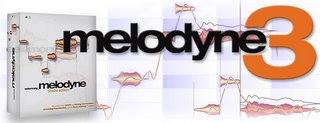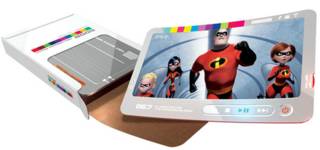> Melodyne 3: Absolutely Incredible Audio Editing

At the risk of sounding like an old guy...or like my father, who to me was always an old guy...it is amazing what they can do these days with recording. When I was a kid it was the amazing sounds that the Beatles, Beach Boys and Phil Spector got onto vinyl that amazed the old man. Today it is things like Melodyne that makes me quote, word for word, the old man's, "It's amazing what they can do these days with recording".
Except it is no longer, "they", it is "us". We can all do it...and it is amazing!
Here's the official marketing pitch but I will distill it down to the Wow-Essence after the quote:
"Recording artists and engineers have known about Melodyne for years. Until now, though, it was only monophonic vocal and instrumental parts that could benefit from Melodyne’s much-admired editing algorithms: algorithms capable of everything from minor corrections of intonation to extreme pitch shifting and from the subtle modification of grooves to drastic time stretching. With Version 3, Melodyne is no longer limited to melodies but offers a unique algorithm that can perform high quality time stretching on full chords and complex audio signals; so now harmonic material (such as rhythm guitar or piano parts) — whether monophonic or polyphonic — can be transposed (without altering the tempo), slowed down or sped up (without altering the pitch) and even quantized. What’s more, all this can be done in real time with the sound quality for which Melodyne is famous."
What that means is that you can move individual audio notes up and down, ahead and behind with a simple point and click. If you are familiar with audio editing I am going to let that set in for a spell. It is really quite astonishing. Intonation problems? No problem. Need that trombone to sound like a trumpet (and who doesn't?), no worries.
Lastly, before I go back to hours and hours of uninterrupted playing, Melodyne 3 allows you to edit a virtually unlimited number of tracks at the same time. It is amazing what we can do these days with recording.
Want to know more? The Technofile has a great post on Melodyne 3.



